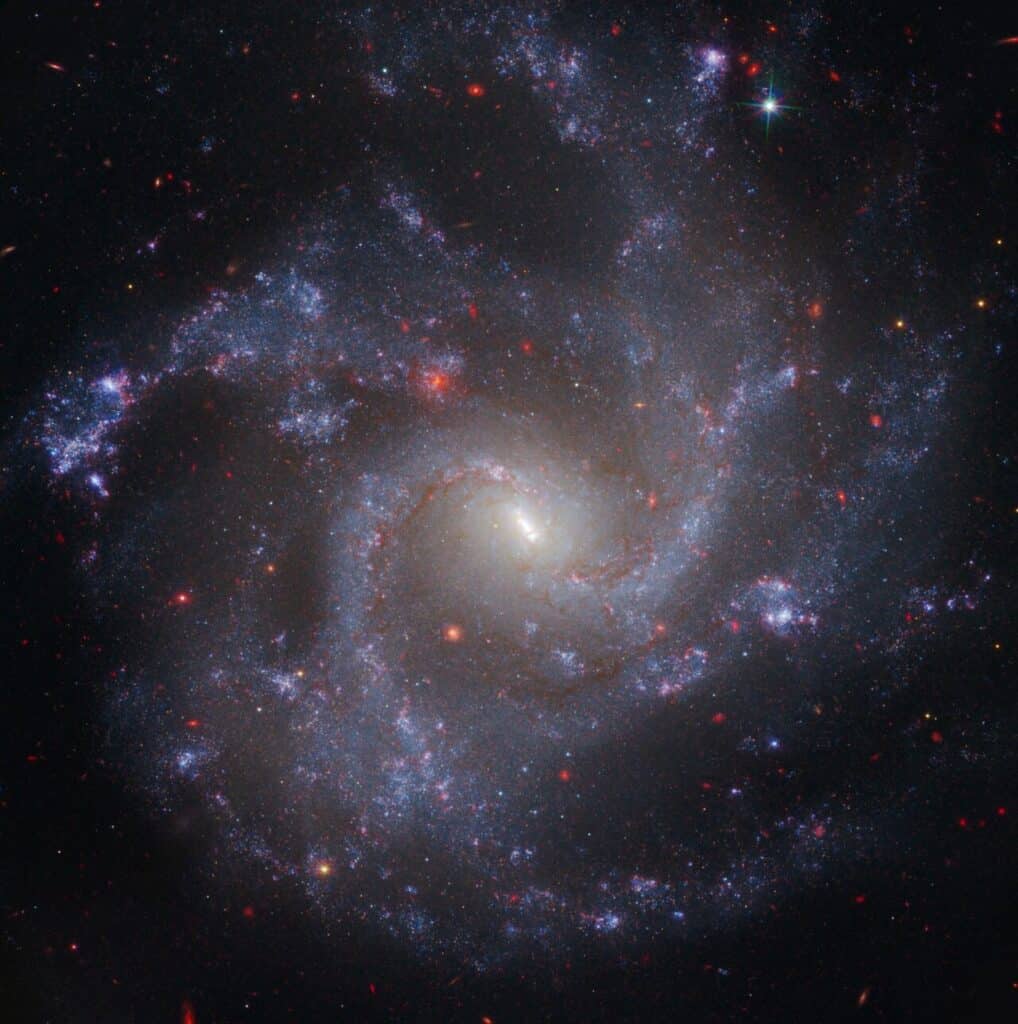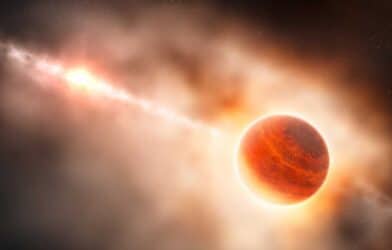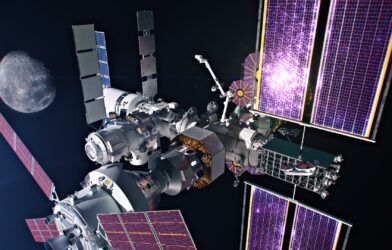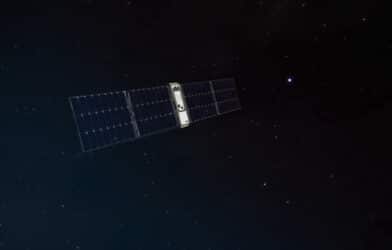A decade-long mystery as to why the universe is expanding continues to flummox the scientific community. Researchers examining data from NASA’s James Webb Space Telescope have corroborated the measurements of the Hubble Space Telescope, intensifying a cosmic conundrum known as the Hubble Tension. This discrepancy involves the rate at which the universe is expanding, a value crucial to comprehending the cosmos’s evolution and destiny, referred to as the Hubble constant.
Since its launch over three decades ago, the Hubble Space Telescope has sought to determine the universe’s expansion rate with unprecedented precision. Prior to Hubble, estimates of the universe’s age varied wildly, suggesting it could be anywhere from 10 to 20 billion years old. Thanks to Hubble, we now have a more accurate age estimation of 13.8 billion years, with an accuracy of less than 1 percent. This was achieved by refining measurements of celestial objects known as Cepheid variable stars, which serve as cosmic milepost markers.
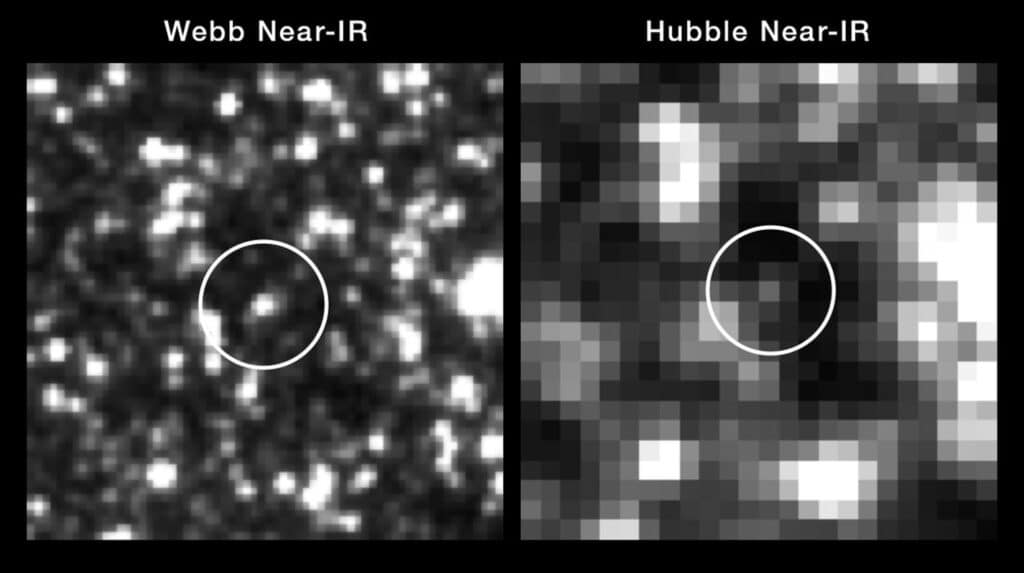
However, the puzzle deepened as the expansion rate derived from Hubble’s observations clashed with predictions based on the cosmic microwave background radiation — the universe’s afterglow from the Big Bang — mapped by the ESA Planck satellite. This led to the Hubble Tension, a persistent discrepancy in the expansion rate of the early universe versus the nearby universe.
The entry of the James Webb Space Telescope into this cosmic detective story allowed astronomers to cross-check Hubble’s findings. Webb’s ability to observe in infrared matched Hubble’s optical light data, validating the accuracy of Hubble’s observations and eliminating doubts about its measurements. This cross-validation has significant implications, suggesting that the discrepancy might not stem from measurement errors but from a fundamental misunderstanding of the universe’s structure or dynamics.
Cosmologists have been stymied about the Hubble Tension because there’s potentially something woven into the fabric of space that scientists don’t understand.
“With measurement errors negated, what remains is the real and exciting possibility that we have misunderstood the universe,” says study author Adam Riess, a Nobel-winning physicist at Johns Hopkins University, in a media release.
In the study published in The Astrophysical Journal Letters, Riess’ research team, using Webb, confirmed Hubble’s measurements, effectively ruling out measurement error as the cause of the Hubble Tension with very high confidence.
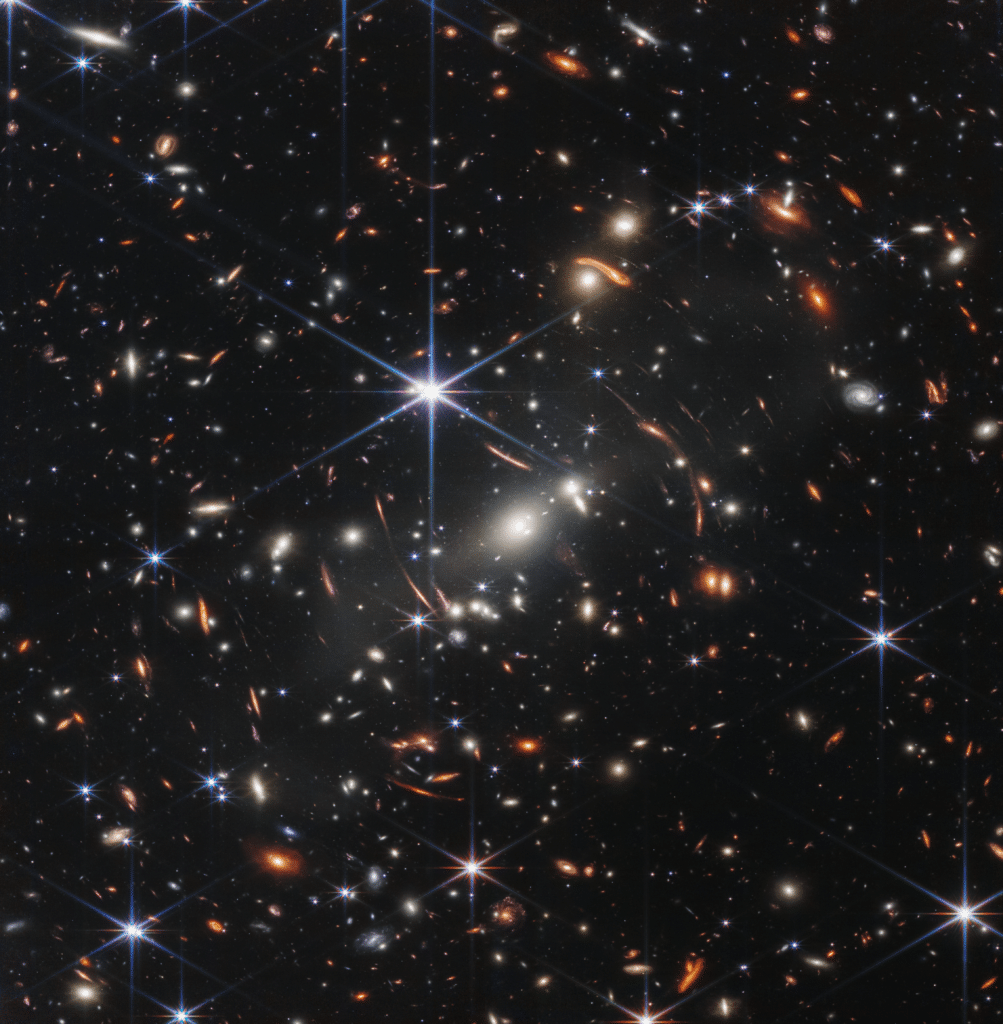
“Combining Webb and Hubble gives us the best of both worlds. We find that the Hubble measurements remain reliable as we climb farther along the cosmic distance ladder,” notes Riess.
This revelation pushes the boundaries of our cosmic understanding further, hinting at the potential need for new physics to explain the anomaly. The combined efforts of Hubble and Webb have not only solidified our measurements of cosmic expansion but have also set the stage for future observatories to explore this mystery further. These include NASA’s upcoming Nancy Grace Roman Space Telescope and ESA’s recently launched Euclid mission, which may provide the needed insights to bridge the gap between the universe’s early days and its current state.
